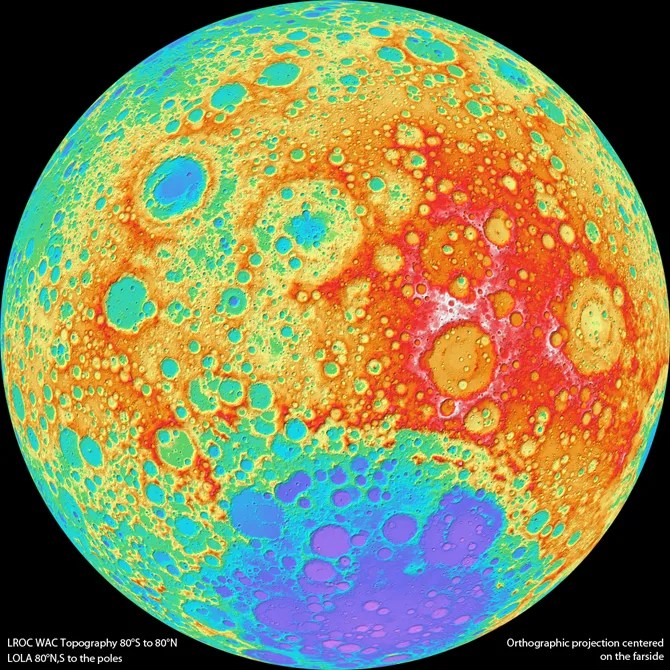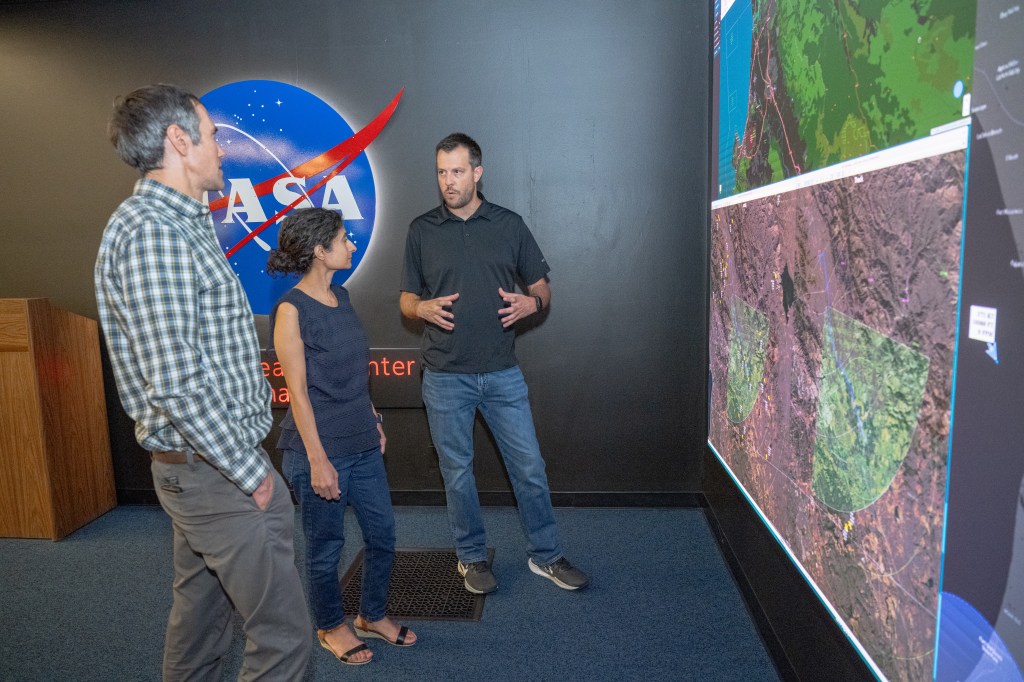Mars Exploration Program
The key to understanding the past, present, or future potential for life on Mars can be found in NASA’s four broad overarching goals for Mars exploration.
Learn More
Exploring the Solar System
-
Discovery Program
The goal of NASA’s Discovery Program is to provide frequent flight opportunities for high-quality, high-value, focused, planetary science investigations that can be accomplished under a not-to-exceed cost cap.
The frequent, steady nature of the investigations will ensure a continuing stream of fresh scientific data to the planetary science community, helping to maintain the excellence of the U.S. planetary science program and to inspire the next generation of investigators. Lucy is the first mission to explore the Jupiter Trojan asteroids.
Lucy is the first mission to explore the Jupiter Trojan asteroids. -
New Frontiers Program
The New Frontiers Program is designed to accomplish focused planetary science investigations using innovative and efficient management approaches. The Program’s prime objective is to answer unique science questions in the exploration of the Solar System.
New Frontiers investigation proposals are solicited via the Announcement of Opportunity (AO) process. Each mission proposal is led by a principal investigator (PI) who is typically affiliated with a university or research institution. Artist's impression of NASA's Dragonfly on the surface of Saturn's moon Titan.NASA/Johns Hopkins APL/Steve Gribben
Artist's impression of NASA's Dragonfly on the surface of Saturn's moon Titan.NASA/Johns Hopkins APL/Steve Gribben
Lunar Discovery and Exploration
In the Science Mission Directorate (SMD), the Exploration Science Strategy Integration Office (ESSIO) ensures science is infused into all aspects of lunar exploration. Through researching the Moon and its environment, and by using the Moon as an observation platform, NASA strives to gain a greater understanding of the Moon, the solar system, the universe, and the deep space environment.
Learn More
Planetary Defense
The Planetary Defense Coordination Office (PDCO) manages NASA's ongoing mission of finding, tracking, and better understanding asteroids and comets that could pose an impact hazard to Earth.
Watch the video and click the link below to learn more.
Astrobiology
NASA’s Astrobiology Program investigates life in the Universe on many levels: how it began, how it evolved here on Earth, and where it might exist elsewhere.
Learn More
More to Explore

Planetary Citizen Science
NASA planetary citizen science projects, open to anyone around the world, encourage volunteers to join research projects exploring the origins and composition of our solar system.

Radioisotope Power Systems
Radioisotope power systems (RPS) is a type of nuclear energy technology that uses heat to produce electric power for operating spacecraft systems in the darkest, dustiest, and most distant places in our solar system.

SSERVI
The Solar System Exploration Research Virtual Institute (SSERVI) addresses questions fundamental to human and robotic exploration of the Moon, Near Earth Asteroids, the Martian moons Phobos and Deimos, and the near space environments of these target bodies.































